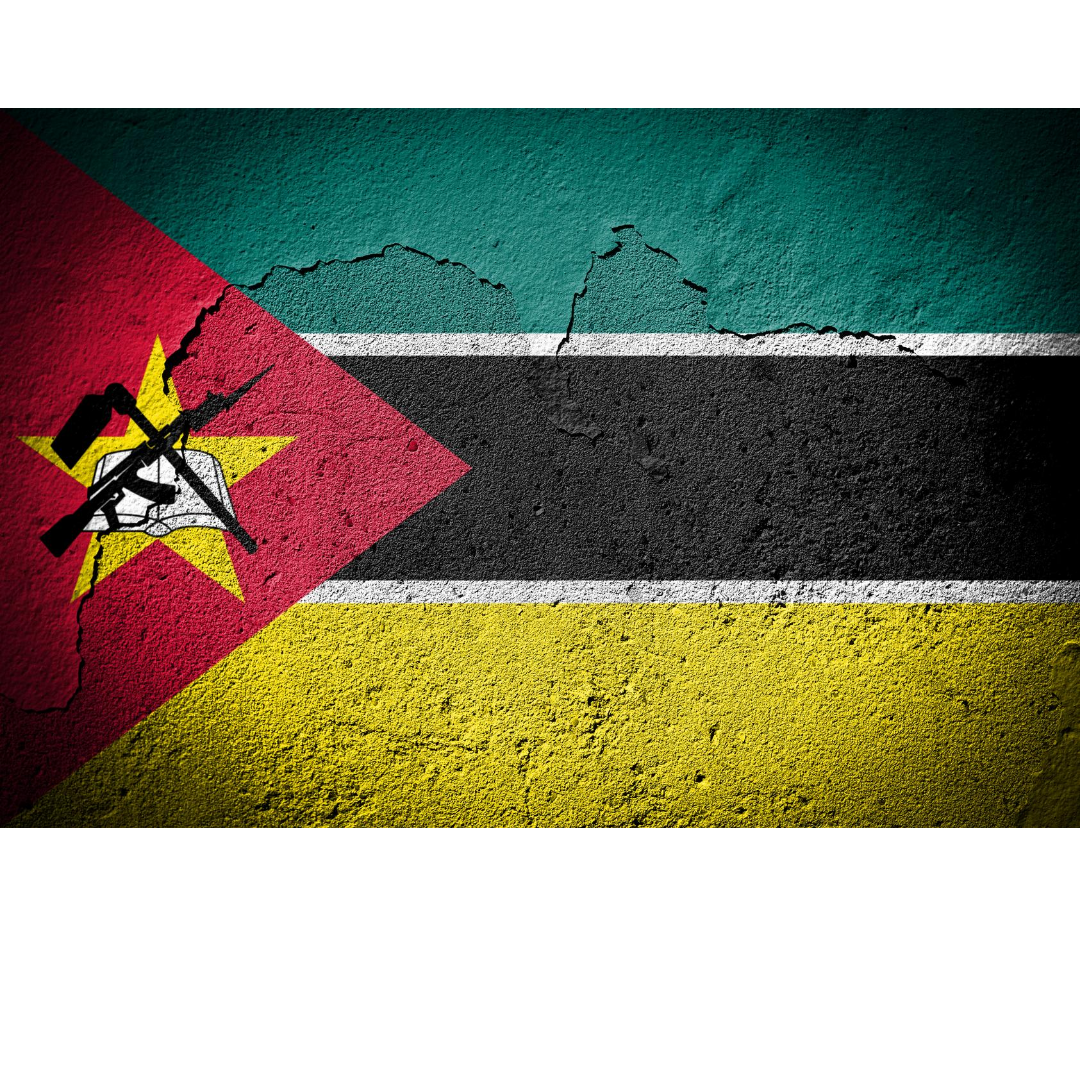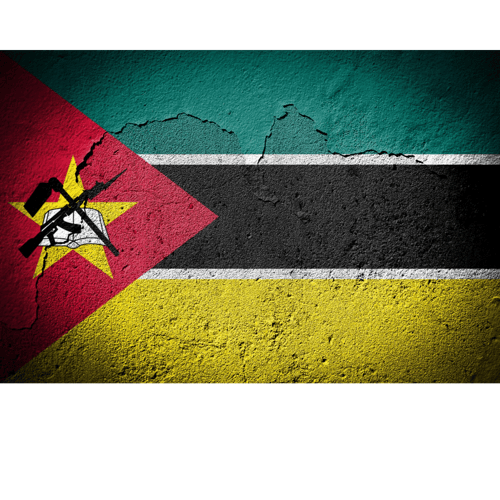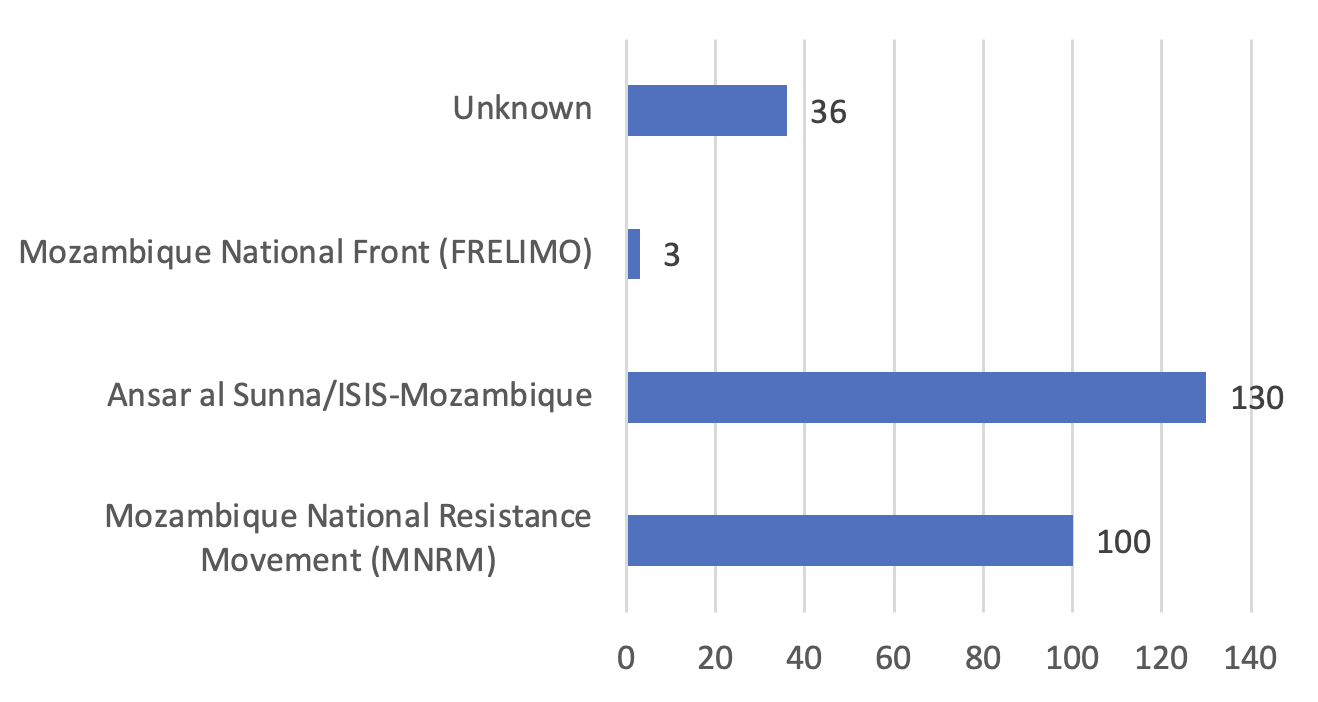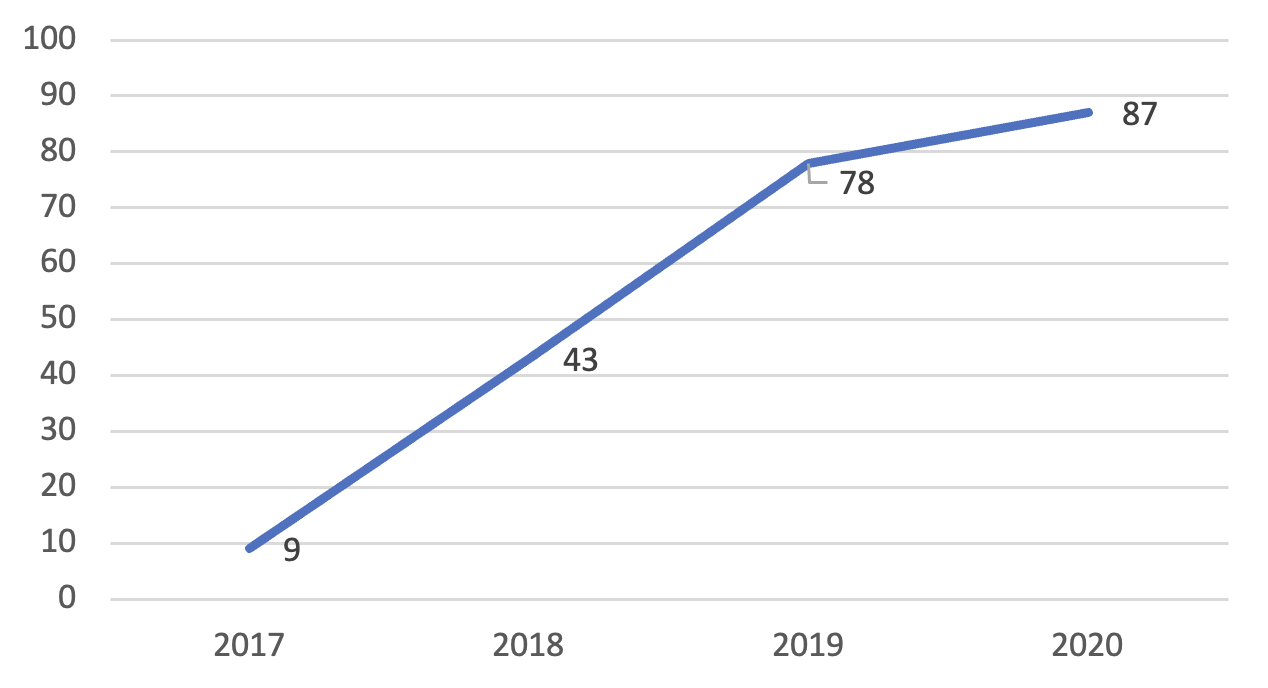9 min read
ISIS Expansion in Mozambique Increases Terrorist Group’s Threat
By: Homeland Security on February 2, 2022 at 8:00 AM

Large-scale terrorist attacks similar to those perpetrated against the United States on September 11, 2001, have since declined, leading perhaps to a sense of complacency among Western countries that the threat of terrorism on home soil is low and that global efforts to counter terrorism have been successful.
Such thinking, however, may be misguided. While both al-Qaeda and ISIS have failed to do notable attacks in the Western world, both terrorist organizations have increased their capacity to do so. Both groups also have competed against each other to expand their influence in Africa, the Middle East, and Asia. While some groups in Syria, Somalia, and Mali have preferred to operate under the banner of al-Qaeda; all other groups in West Africa, North Africa, East Asia, and the Middle East have convened under the flag of ISIS.

One of the more recent additions to the ISIS “family” operates in Mozambique. Originally organized as Ansar al Sunna, ISIS-Mozambique is an example of how ISIS-Core can exploit a country’s ongoing economic and political grievances by adopting the ISIS model of controlling territory and using indiscriminate violence and brutality to increase its size and range compared to al-Qaeda. The evolution of Ansar al Sunna into ISIS-Mozambique is an example of how a local group can make headlines around the world by pledging allegiance to ISIS. This article examines the brief history of terrorism in Mozambique and how an ISIS-affiliated jihadist group became such a dominant player in the political, economic and social affairs of Mozambique.
History and Causes of Terrorism
Mozambique endured decades of civil war, from 1977 to 1992, between the ruling Marxist Front for the Liberation of Mozambique (FRELIMO) and the anti-communist insurgent forces of the Mozambican National Resistance (RENAMO). The conflict resulted in economic turmoil, the death of more than one million people, and the displacement of thousands of individuals and families. The years that followed, however, were not peaceful either. Both sides in the conflict committed record acts of violence. The only difference was that now the Mozambique National Resistance Movement Army (MNRM) represented the Mozambican National Resistance (RENAMO), while the Mozambique Liberation Front (MLF) fought for FRELIMO.
The Global Terrorism Database recorded 525 violent acts that could qualify as terrorist incidents between 1978 and 2019. The same database recorded only four incidents between 2000 and 2012; however, the number of such incidents surged in 2013 and continued through subsequent years. Figure 1 shows the cumulative total number of attacks committed by the three main terrorist groups in Mozambique between 2013 and 2019. The MNRM, which historically had committed the most terrorist attacks, was replaced by Ansar al Sunna/ISIS-Mozambique as the leading perpetrator.

Today, the insurgency is perpetrated by Muslim groups in Cabo Delgado, a province of vast forests and immense mineral reserves, and fueled by legitimate economic and political grievances. Cabo Delgado has remained one of the poorest provinces in the country. The residents of the region have been mistreated by the central government and lack the benefits of the recent large-scale development of natural resources, including major natural gas investments.
The common belief is that the government is serving the economic interests of the country’s elites while ignoring the lower class and driving them off their land. The government’s military forces exacerbate the problem by overreacting to dissent and responding by committing abhorrent violent acts against civilians, which in turn leads to a violent backlash from the community. At the heart of the ongoing grievances is rampant government corruption. National officials are known to be involved in trading illicit gems, wildlife, and drugs.
The FRELIMO-led government is incapable of handling the insurgency in Cabo Delgado. It describes the issue as a solely foreign-driven and Islamist-centered terrorist movement, totally ignoring the economic dimensions of the problem. International pressure has pushed the government to address economic grievances in the region in exchange for foreign aid to the Mozambican government. However, the international community has questioned the handling of monetary aid due to issues with transparency and efficacy on the part of the local government.
From Ansar al Sunna to ISIS-Mozambique
Jihadist groups around the world have declared loyalty and pledged allegiance to either al-Qaeda or ISIS. These smaller groups are aware that such alliances provide them with multiple benefits, including increased popularity in their operational territory, greater opportunity for funding and the recruitment of followers, and recognition on a larger scale. The Annex of Statistical Information listed a number of jihadist groups being the franchises of either Al Qaeda or ISIS in 2018, 2019, and 2020. According to these lists, ISIS has more franchises than al-Qaeda, and jihadist groups in Africa mostly prefer to be under the banner of ISIS.
The first attack by Ansar al Sunna, also known locally as Al Shabaab (which does not have links to the Al Shabaab group operating in Somalia), was recorded in 2017. The group pledged allegiance to ISIS in 2018 and increased its operational capacity in the following years (see Figure 2). ISIS-Core acknowledged Ansar al Sunna as an affiliate in August 2019.

Ansar al Sunna’s goal in affiliating with ISIS was increased access to resources and an increase in popularity. Today, the Mozambique branch of ISIS has stronger relationships with ISIS-Core, which provides the smaller group with advice on communication, marketing, and strategy. ISIS militants in Mozambique are using more operational techniques that are similar to those of the core organization. Foreign fighters – including Tanzanians, Congolese, or Somalians – have joined ISIS in Mozambique. As a result, ISIS-Mozambique now consists of local fighters aggrieved with poverty and wealth redistribution in Cabo Delgado, and of seasoned international jihadists who are under the influence of the ISIS-Core ideology.
According to the U.S. Department of State, ISIS-Mozambique killed more than 1,300 civilians between October 2017 and February 2021, and the group’s attacks resulted in the displacement of nearly 670,000 persons in northern Mozambique. In the 2020 Annex of Statistical Information, ISIS-Mozambique was listed as one of the top 10 known perpetrators responsible for the most fatalities worldwide. It is the leading organization, with a 562 percent increase in the number of fatalities between 2019 and 2020. The number of incidents increased 770 percent in the same period.
ISIS-Mozambique’s Capacity
ISIS-Mozambique is highly capable of carrying out attacks on strategic targets in Mozambique and typically targets infrastructure (including power supplies), state institutions, and government buildings. Common tactics in 2020 were shootings (38 percent of attacks), followed by targeted murders (28 percent of attacks), extortion (24 percent of attacks), and property damage (21 percent of attacks). The most prominent victim types were general population (61 percent of attacks) and military (9 percent of attacks). Only 5 percent of ISIS-Mozambique attacks resulted in the loss of militants, which shows that its own militants are highly trained and capable of fighting against the Mozambican military.
Since its inception, ISIS-Mozambique has been the perpetrator of notable attacks in the country. After targeting a police station in a 2017 attack, the group in 2019 (thanks to its allegiance to ISIS) upgraded its tactics, transitioning from common melee weapons (such as spears, lances, swords, daggers, axes, clubs, and other pointed, edged, and blunt weapons) to advanced lethal weapons (such as automatic guns and rifles, rocket-propelled grenades, and mortars).
In 2020, the group was able to defeat the Mozambican army and take control of the strategic port of Mocímboa da Praia after five days of intense fighting. Through the use of a hearts-and-minds approach, which is a common strategy for al-Qaeda and ISIS-affiliated groups in the Sahel, the ISIS-Mozambique militants distributed money and food to locals after robbing banks. The group showed its brutal face in November 2020 when it beheaded several civilians in two incidents. The first incident involved the beheading of 11 children in front of their mothers. In the second incident, the group beheaded around 50 civilians in a football pitch. It should be noted that the lead author’s database on beheadings by terrorist organizations between 2014 and 2020 showed that ISIS-Mozambique is one of the top three violent ISIS franchises in the world.
In January 2021, the group was more strategic, specifically targeting the French energy giant Total. In March 2021, the group continued its attacks and took over Palma, a town on the northeast coast of Mozambique’s Cabo Delgado Province, with the involvement of its 200 fighters. The siege took four days, and the militants killed at least dozens of local people and destroyed the town’s infrastructure, banks, and a police station. ISIS-Mozambique carries out most of its terrorist attacks in Mozambique; however, one attack in 2020 was a joint operation with the involvement of 300 ISIS militants in Tanzania that resulted in 22 fatalities.
What Needs to Be Done?
The 2021 Annual Threat Assessment of the U.S. Intelligence Community predicted that terrorism in eastern Africa would continue to thrive, especially in countries with unstable governments. In addition to Al Shabaab in Somalia, ISIS-Mozambique threatens regional and global security in eastern Africa. Its group composition, operational capacity, and strong networks with ISIS-Core are indicators that ISIS-Mozambique will actively continue its attacks in the region.
Major interventions by the Mozambican government are needed to address the root causes of the conflict in Cabo Delgado. Until residents in northern regions of Mozambique have a sense that they are no longer being discriminated against politically and economically, they will continue to resort to violence and their unmet grievances will create opportunities for ISIS to strengthen its franchise in the country. Moreover, counterterrorism operations by the Mozambican army and local and foreign mercenaries have been ineffective so far. The international community needs to be more active and should give its support to the Mozambican government. For example, the U.S. Africa Command and its partner organizations need to strengthen local defense capabilities, which will empower Mozambique in its struggle against ISIS-Core and ISIS-Mozambique. Specifically, the command and its partners should develop enhanced counterterrorism strategies that include (1) improvements to the local communications infrastructure, (2) efforts to deter the recruitment of insurgents, (3) the encouragement of community organizing, (4) the empowerment of civil society, and (5) the expansion of pan-African partnerships.
Source: Homeland Security Today
Related Posts
Relocating or expanding? Islamic State..
Despite notable successes following twin interventions by both the Southern African Development..
UAE, Mozambique explore boosting maritime..
Khalid Ibrahim Abdul Aziz Shuhail Al Qahtani, UAE Ambassador to Mozambique, recently met with..
Stemming the Insurrection in Mozambique’s Cabo..
Deadly conflict in Mozambique’s ruby- and natural gas-rich northernmost coastal province feeds on a..




